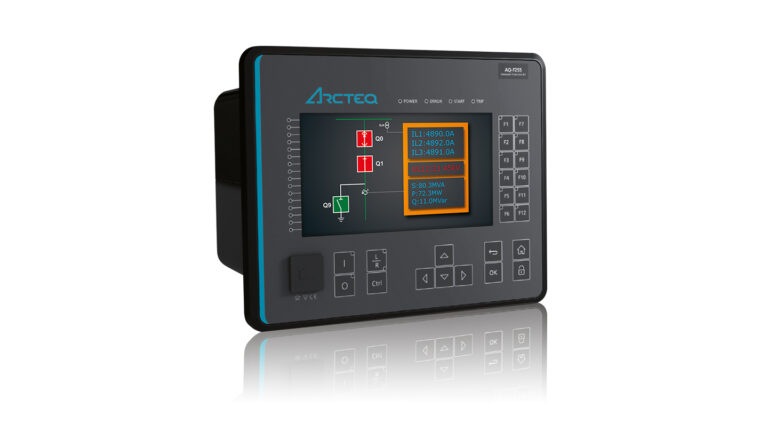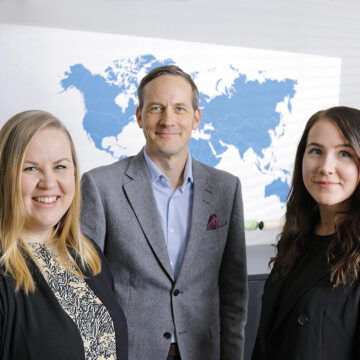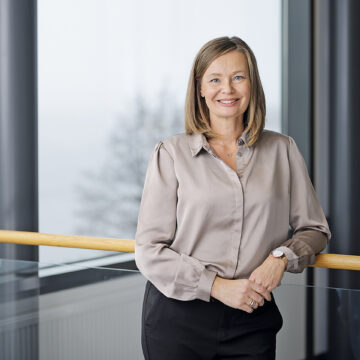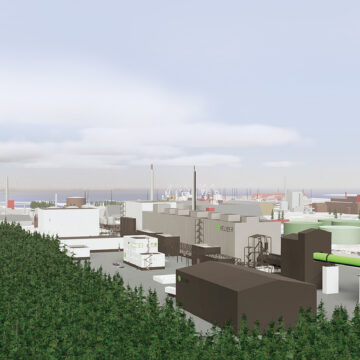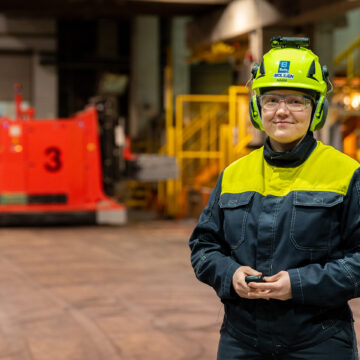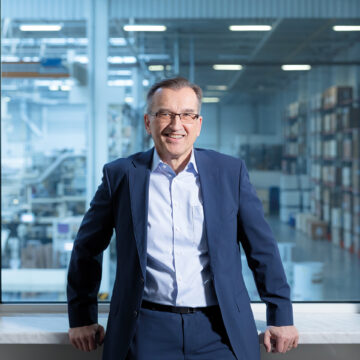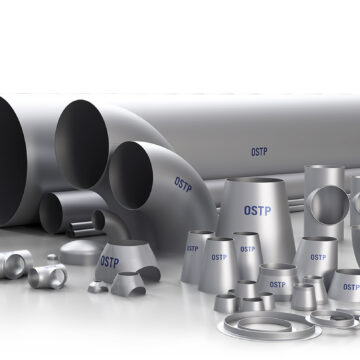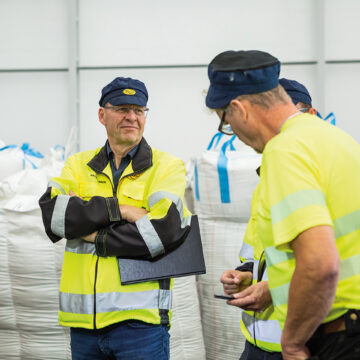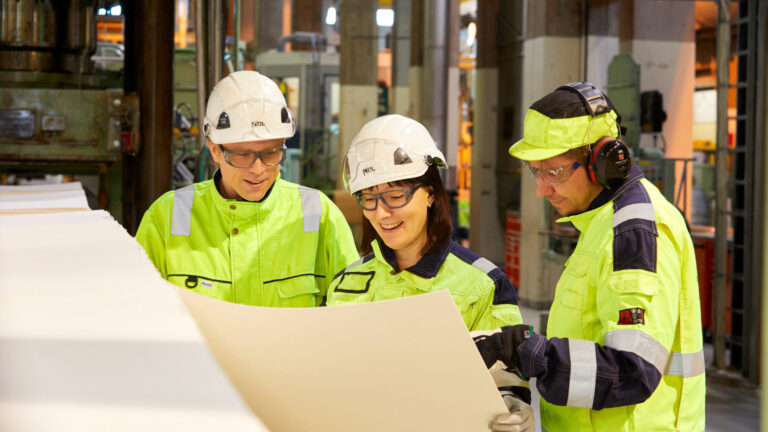
UPM offers green alternatives to fossil-fuel based products
THE DOW JONES Sustainability Index nominated UPM as the number one global forest and paper products industry in 2018. UPM’s pulp factory in Jakobstad is among the leaders in their business sector when it comes to low CO2 emissions from fossil-fuel burning. In addition, they are able to produce tremendously clean wood pulp. At UPM, side streams are being utilised and turned into raw materials for new products.
“Materials that would have traditionally been considered as waste are now reused numerous times and create added value through smart solutions. We clean the chemicals we use and reuse them repeatedly. Water used in the production process is circulated several times and only a very small portion of water ever leaves the processas effluent”, explains Simon Fagerudd, General Manager.
Sustainability is in UPM’s DNA. Every day, 60 freight wagons arrive by rail loaded with timber as well as 200 trucks by road, and none of the raw timber goes to waste! Residues that cannot be used are utilised for energy generation.
“We produce more electricity than we consume, and the surplus is sold in the electricity market. Out of all the energy produced here, 99% is renewable.”
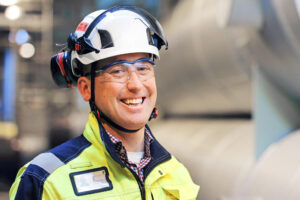
UPM’S FACTORY in Jakobstad has three units: the pulp mill with an annual pulp capacity of 800,000 tonnes, which also produces side streams such as electricity, steam, tall oil, bark and turpentine; the sawmill for construction wood, bark and chips; and lastly the timber procurement offices.Customer needs have changed both rapidly and radically in recent years. The most exacting customers today are the Chinese with stringent requirements on high-quality pulp.
“A typical Asian customer manufactures stylish, white cardboard boxes for mobile phones, whereas the typical European customer makes special paper such as non-stick paper for etiquettes.”
THE MAIN MARKET segment for pulp used to be the paper and packaging industry, but today, other products are also developed from pulp. There isa market for everything on a tree, and today it is possible to make products from pulp and wood that were not possible a few years back.
“The world needs more renewable energy.The side stream, tall oil, is refined to biofuel that can then be used to replace fossil-fuel oils in the engine industry as well as in plastic products. The next step is to replace fossil-fuel-based chemicals with chemicals produced directly from timber.”

